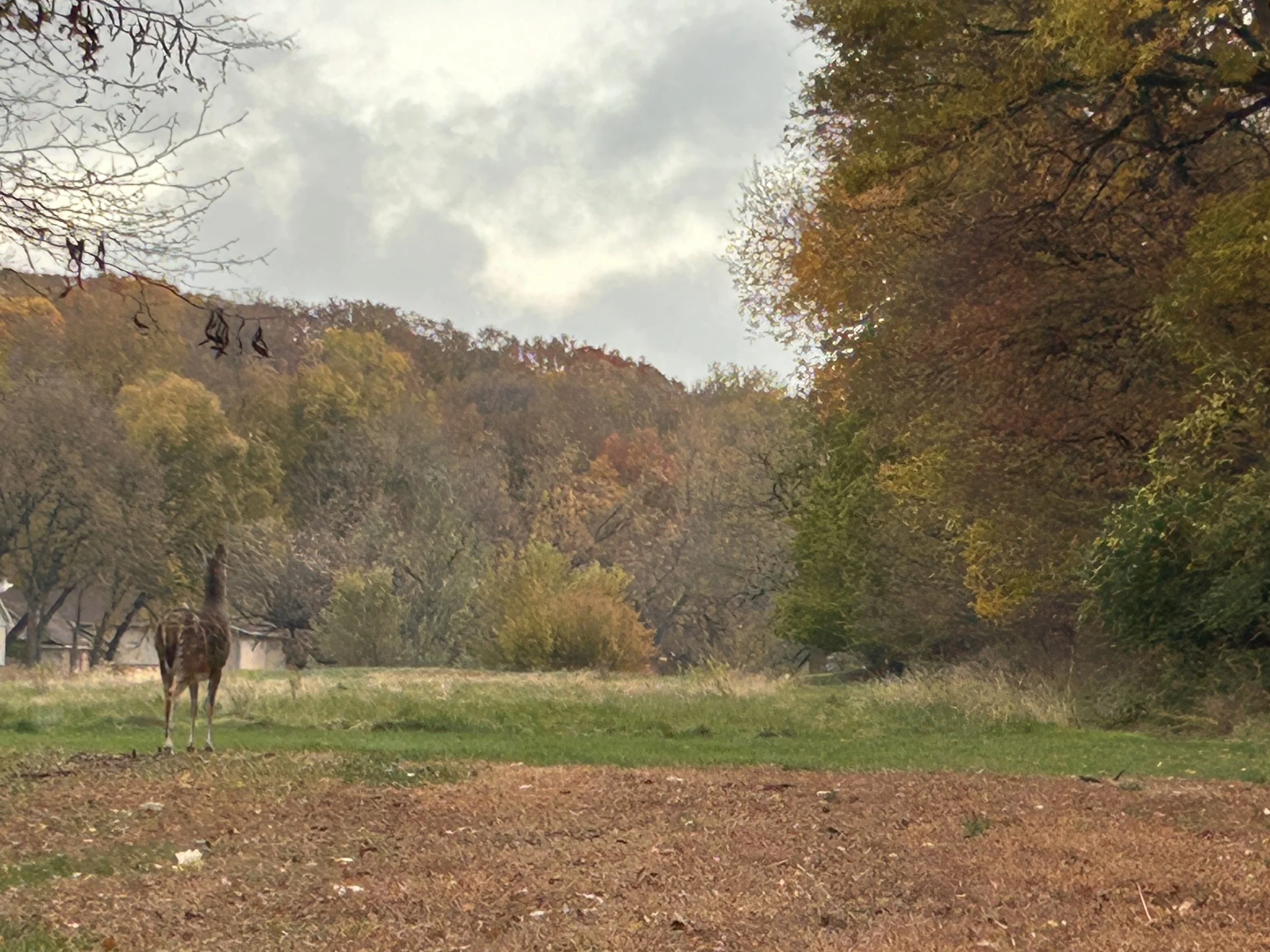I live in an apartment in the forest, surrounded by trees. Deer, turkeys, raccoons and squirrels live right outside my office window. I just glanced out and saw two deer – a mama and her doe. As much as I love seeing them in their natural habitat, I haven’t thought much about the trees, other than when birds decorate my car with their droppings. But hey, I’m in their territory.
As someone who has lived in the city all my life, I had to admit, I’ve never been a fan of trees in the city, especially my yard. They are so much work. I’d rather admire the trees that are far enough away as to not create a mess I’ll have to clean up. Okay, there’s my confession.
Most of the trees near my apartment that I enjoy now were probably not planted by people. I imagine the seeds were dispersed by wind, carried by animals or naturally dropped and germinated near their parent tree. Now I’m getting the full benefit from the trees (without having to do much cleanup, except for the piles of leaves on my decks).
This made me think about people who plant trees in their own yards, knowing they might not see them fully mature. Someone who plants an oak sapling won’t fully benefit from its shade for forty years. A maple tree might take as long as one hundred years to reach full maturity. But people do it anyway.
Some plant thinking to commemorate the birth of a child. Some plant because they’ve enjoyed the trees previous generations planted. And some plant simply because they love it. The act itself is enough.
There’s something deeply counter-cultural about this kind of planting. We live in a world obsessed with immediate returns, measurable outcomes and visible impact. But the person who plants a hundred-year oak is participating in something far beyond themselves. They’re adding their small offering to a forest they didn’t create and won’t see completed. They’re quietly saying that beauty matters – even beauty they’ll never fully witness.
This is the same impulse that drives many who create.
Not the kind of creating driven primarily by metrics or recognition, but by something deeper. The grandmother teaching her granddaughter an old hymn. The novelist or poet who writes whether anyone reads it or not. The person who practices hospitality, creating beautiful moments that exist only in memory or a prized Polaroid snapshot. Or the songwriter who writes because music needs to exist in the world.
They’re adding their voice to a great conversation that began long before them and will continue long after. They’re planting seeds in their art, their parenting, their work and their relationships, trusting that growth belongs to a timeline they don’t control.
There’s something deeply gospel-shaped about this kind of faithfulness.
We’re not responsible for the harvest, only for the planting. We scatter seeds, not knowing which will take root, which will grow or which will shelter someone decades from now. We plant without seeing the harvest, trusting that what we offer matters in ways we cannot measure.
What if we created – art, beauty, moments – with the same spirit as someone planting a hundred-year oak? Not asking “Will this matter?” or “Will anyone notice?” but simply: “Does this add beauty to the world?” If it does, then it’s worth doing.
I look out my window again at the trees. A few may have been planted intentionally by people whose names I’ll never know. Some grew wild. Both kinds are beautiful. Both provide shelter. Both participate in making this small corner of the world a place where deer can graze and I can glimpse, for a moment, something that matters.
So we plant and create. And we trust that beauty, once released into the world, does its work in ways we cannot measure or control, growing quietly in God’s good time, into shade for people we will never meet.
